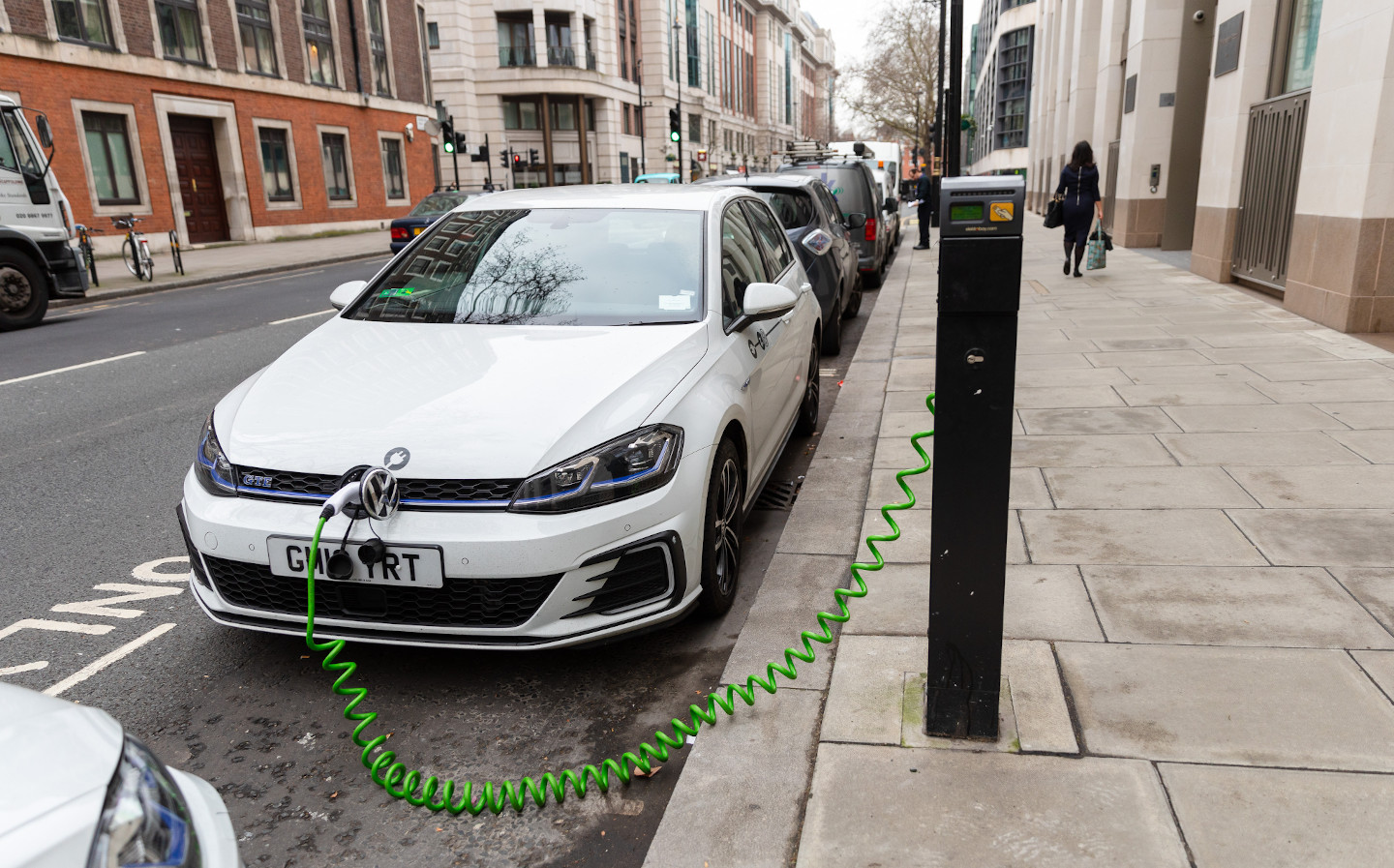Electric car on-street charging is postcode lottery, according to study
Analysis finds 55 cars per on-street EV charger across UK
A STUDY of electric vehicle infrastructure in the UK leaves has revealed the stark regional divides in availability of public chargers.
The research by Andersen, an installer of high-end electric car charging points, analysed the UK’s 4,453 on-street units in order to rank the best and worst places to give your car some juice while parked on the road. The results will be of interest to the one third of the UK population that does not own a driveway or garage, and therefore cannot install a home charger.
In rural areas this figure may be as low as 1 in 6 people, but in cities 60% of residents don’t have off-street parking, which could hamper the use of electric cars as urban transport. However, London has been found to have 78% of all on-street units in the UK, working out at approximately 10 cars for every charging point.
There are large variances within the capital — the adjoining boroughs of Kensington and Chelsea, Westminster and Wandsworth are the most equipped for on-street EV refuelling, whereas in the north-eastern borough of Redbridge there are 237 registered electric cars per charger.
However, this is nothing compared to the scarcity of on-street chargers in South Wales, where there is one per 1,448 plug-in cars. Meanwhile, in the North West of England there is one unit per 70 EVs, the best outside of London, showing their availability for drivers really is a postcode lottery.
The analysis estimated that 80% of EV owners have access to a home charging point but this percentage will drop as the market share of electric cars increases and they become more affordable. This year it is estimated that the number of models available will nearly triple, from 60 to over 176. This will include a range of models including the new Fiat 500 supermini, the Tesla Model Y crossover and the Honda e city car.
A ban on the sale of new petrol, diesel and hybrid cars will come into effect by 2035, as the government tries to meet its aims to bring the UK’s emissions to net-zero by 2050. The push towards electrification is already becoming evident, with the market share of EVs tripling over the last year. The Tesla Model 3 was the UK’s bestselling car in April, although it was a catastrophic month for overall sales of new cars as they fell by 97.3% compared to the previous year, due to the ongoing coronavirus pandemic.
The Department for Transport has pledged to make £10m available to local councils to enable the installation of a further 7,200 on-street chargers across the UK by 2021. Last month, Transport Secretary Grant Shapps announced a package worth billions to improve the nation’s electric infrastructure, as well as improving its road network. He said improvements to motorway service areas would make rejuicing three times faster than it is currently.
Government announces billions for road network and electric car charging infrastructure
Jerome Faissat, commercial director of Andersen, said: “Electric vehicles are the future of motoring in this country and market share has trebled in the last year with even greater growth forecast over the next 12 months. Even with the pledged Government funding, there is still a huge shortfall in the infrastructure required to serve those who have made the switch so far and is holding others back from making the change.
“A discrepancy in local government funding for publicly accessible charging stations is creating a two-tier system in which those living in large properties or illustrious postcodes are better able to benefit from the significant fuel savings and environmental benefits afforded by electric vehicles.”
Tweet to @KieranAhuja Follow @KieranAhuja





